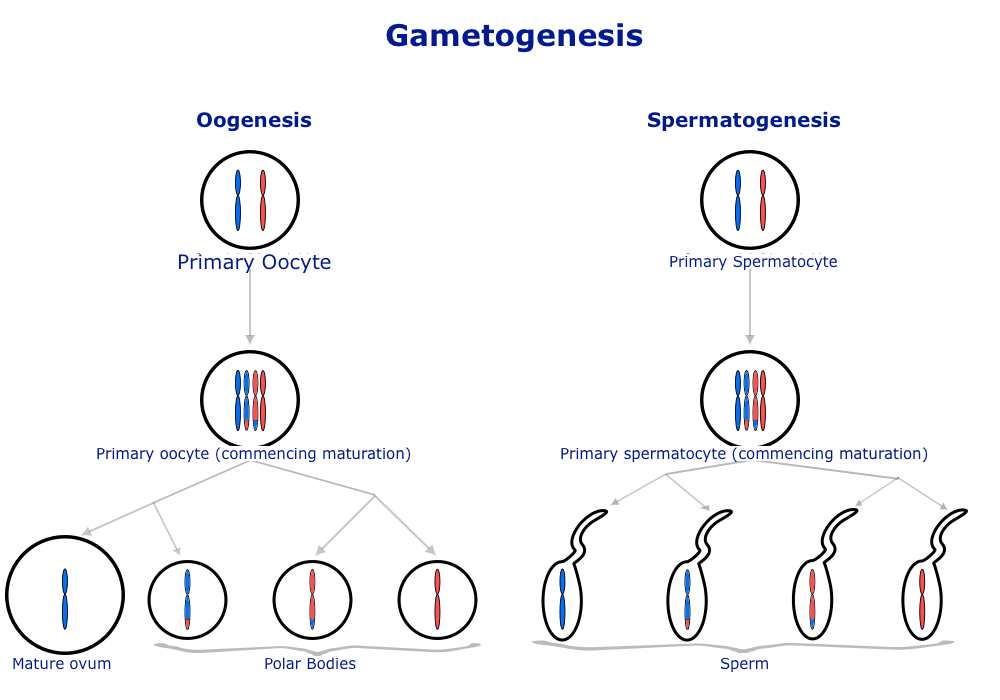Biology Meiosis Cell Division
I chose this video for the graphics. I have to admit the name seems more like a collection of key words.
ScilMedia (21 Jan 2012) Biology Meiosis Cell Division [Video file] retrieved from https://youtu.be/BVO-Ram1L2M
Meiosis - Made Super Easy
This is a beautifully clear accounting of meiosis. If you are using it for a study aid, which sounds like a good idea, please do beware of a possible confusion of word usage. Near the beginning, the narrator defines meiosis as a process that forms sex cells. Some teachers and textbooks may find that a bit broad. Techically the process that forms sex cells (gametes) is called gametogenesis. Meiosis is part of gametogenesis. Cytokinesis which the narrator infers is a step of meiosis is more technically considered a separate step of gametogenesis that follows meiosis. Depending on the level of your class and your instructor, you may find the discrepancy confusing. When in doubt, go with your instructor and textbook. Despite those possible differences, the video is clear and correct and very easy to follow. If you are just trying to understand the process of meiosis in your pursuit of genetic genealogy, it will be an excellent resource.
Medical Institution (7 Nov 2015) Meiosis - Made Super Easy - Animation [Video file] retrieved from
Meiosis: The Great Divide
Amoeba Sisters, 92014 Jan 21), Meiosis: The Great Divide [Video file]. retrieved from https://www.youtube.com/watch?v=toWK0fIyFlY


